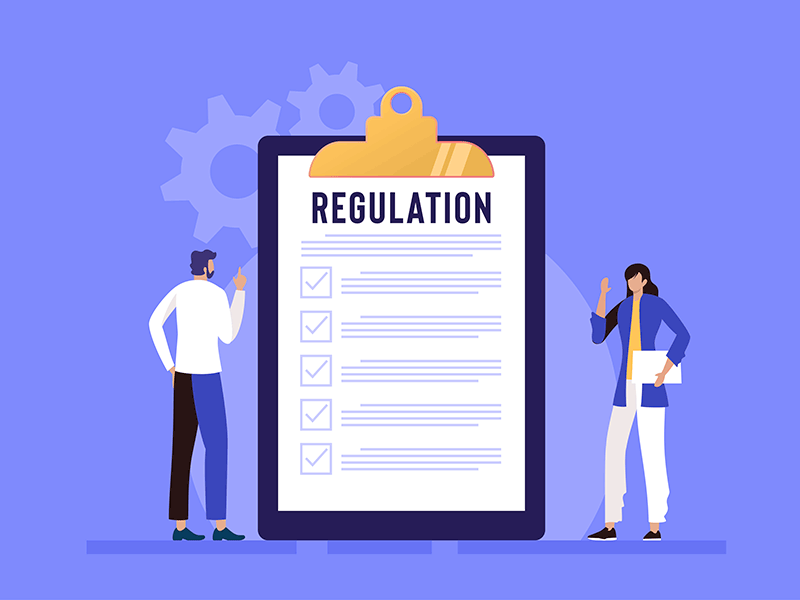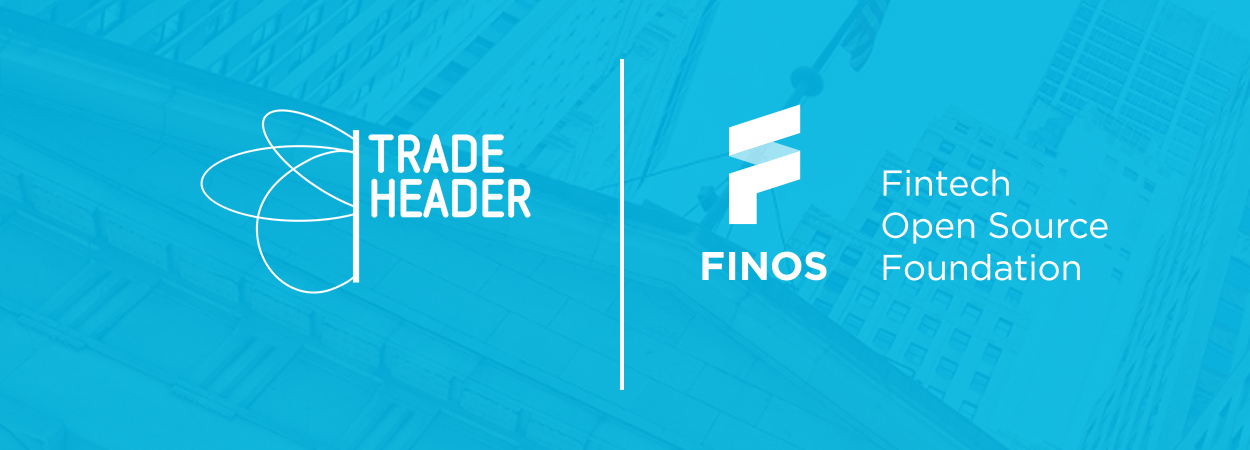ISDA Digital Regulatory Reporting (DRR) is an industry framework from the International Swaps and Derivatives Association (ISDA) aimed at digitising, standardising and automating regulatory reporting for derivatives transactions.
The DRR framework uses the open-source Common Domain Model (CDM) to transform an industry-agreed interpretation of new or amended regulatory reporting rules into unambiguous, machine-executable code, making implementation more efficient and cost-effective.
TradeHeader is a co-creator of the CDM and the DRR framework. It chairs and guides some of the working groups, participates in day-to-day development and is committed to driving the adoption of DRR across the industry. As a partner to ISDA on CDM and DRR, TradeHeader provides advisory and implementation services to ISDA as well as DRR training to a variety of firms.
As part of the training we deliver industry-wide, we often encounter common, frequently asked questions from firms looking to implement DRR and integrate it into existing compliance workflows. By bringing these together into a single FAQ, we will demystify the implementation of this all-important initiative.
1. What is DRR?
DRR is ISDA’s framework designed to digitise, standardise and automate regulatory reporting for derivatives transactions.
The DRR significantly reduces the time, resources and cost needed to implement reporting regulations in multiple jurisdictions. Rather than interpreting and implementing each set of rules individually, and then repeating that work in future if changes are necessary, firms can implement code that has been validated and tested by industry participants and will be updated as new rules emerge or are amended, enabling resources to be reassigned to other projects. Additional information is also available on the ISDA website.
2. What is the difference between DRR and CDM?
The Common Domain Model (CDM) is a standardised, machine-readable blueprint for how derivatives transactions are represented, processed, and managed across the lifecycle of a trade. It standardises data and events in a consistent format to reduce discrepancies, operational inefficiencies, and the risk of errors. DRR uses CDM to standardise regulatory reporting. DRR uses the standard representation of the products and business events on top of CDM to implement the reporting logic and validation for multiple jurisdictions.
3. How do firms implement DRR?
DRR is a project distributing a set of Java libraries implementing a free-to-use industry-standard reporting and validation logic, enabling reporting in various jurisdictions. Hence a firm using DRR will need to implement the libraries in its own reporting system. The reporting and validation logic is implemented according to the common interpretation of the reporting rules from the firms participating in the project.
4. How do we map FpML or my internal data format to DRR?
Currently, there aren’t any open source implementations of the mappings between FpML to CDM. Once the transaction data is mapped to CDM, DRR can be applied to generate the regulatory report. There are three different ways to map FpML or your internal data to CDM:
- Use Rosetta’s commercial translation service from REGnosys
- Use a commercial Extract, Transform, and Load (ETL) solution
- Build your own mapping implementation
5. Who is managing DRR?
The International Swaps and Derivatives Association, Inc. (ISDA) supports the development of DRR. The ISDA DRR Steering Committee, formed by the financial institutions participating in the project, defines the scope and priorities of the project.
6. Who is contributing to DRR? Do I need to become an ISDA member to contribute?
Financial institutions such as BNP Paribas, Pictet Group, Standard Chartered, and JPMorgan are contributing to the development of DRR. Anyone can contribute to the DRR without needing to become an ISDA member. Firms interested in using and/or contributing to DRR need to adhere to the project license.
7. Are all contributed changes added directly to the public version of the DRR model?
No, there is a careful review process to ensure that the changes are compliant with the regulatory standards and that they are accepted across the industry. The revision and approval of the pull requests to the model is done by the ISDA Peer Review working groups. There is one peer review working group for US & Europe, and another one for Asia. These groups are formed by various industry stakeholders.
8. How is DRR being distributed?
DRR is currently distributed in Java. The model is developed using a functional language called Rune DSL and an open source code generator creates the Java distribution automatically.
9. Is DRR open source?
Currently DRR is not open source. It is free to use and it is available to ISDA and non ISDA members.
10. Who has implemented DRR?
BNP Paribas, Pictet Group, and JPMorgan are some of the firms using CDM and DRR in production.
11. What jurisdictions does it cover?
CFTC, ESMA (EMIR), JFSA, FCA, ASIC, and MAS.
12. Are there plans to cover more jurisdictions?
Yes, ISDA committed to keep expanding the coverage of DRR and in 2025, CSA, HKMA, US SEC, ESMA+FCA (MiFIR), and FINMA, are in scope for development.
13. Is reporting eligibility, (the process of deciding whether a transaction needs to be reported to a regulator of a jurisdiction), included in DRR?
No, currently reporting eligibility is not covered by DRR.
14. Does DRR include business validation rules from the regulators?
Yes, DRR includes the business validation rules extracted from each of the regulations and some of the Trade Repositories too.
15. Does DRR produce the ISO 20022 message format required to report to some of the jurisdictions?
Yes, DRR produces the appropriate reports in ISO 20022 format, as required by certain regulators.
16. Could DRR be extended or customized?
Yes, DRR can be extended and customised. There are two ways to do this:
- Extend or customise the DRR model using Rune DSL syntax and then generate the corresponding Java code.
- Extend or customise the generated Java code.
17. Where are the custom extensions placed?
The custom extensions should be kept in a separate namespace/file from the public model to ensure clarity and organisation as well as facilitating version upgrades.
18. Can the DRR access external data?
Yes, the DRR supports the integration of API calls within its functions, enabling the retrieval of external data sources. However, the actual implementation of the API call, with an appropriate API key, etc., is the responsibility of the firm using DRR.
19. What is the relationship between ISDA and TradeHeader?
TradeHeader is a technology provider to ISDA on CDM and DRR. TradeHeader provides advisory and implementation services to ISDA on CDM and DRR development. It also provides DRR and CDM training to firms on behalf of ISDA or separately with private training to clients.
20. Where can I download the DRR distribution?
The DRR distribution and examples can be downloaded here
For a video explainer on DRR, visit ISDA website or watch on youtube




.jpeg)
